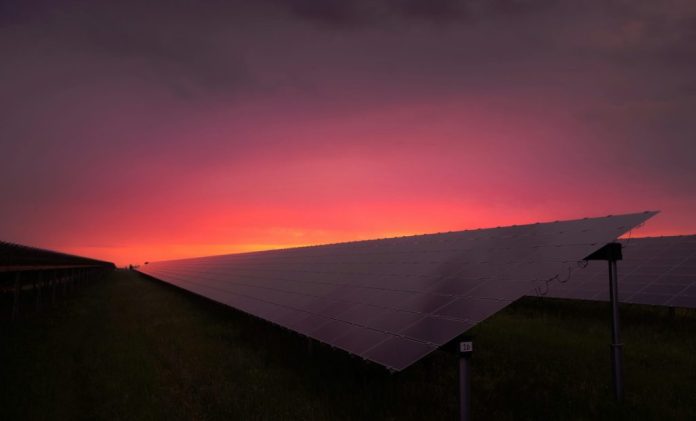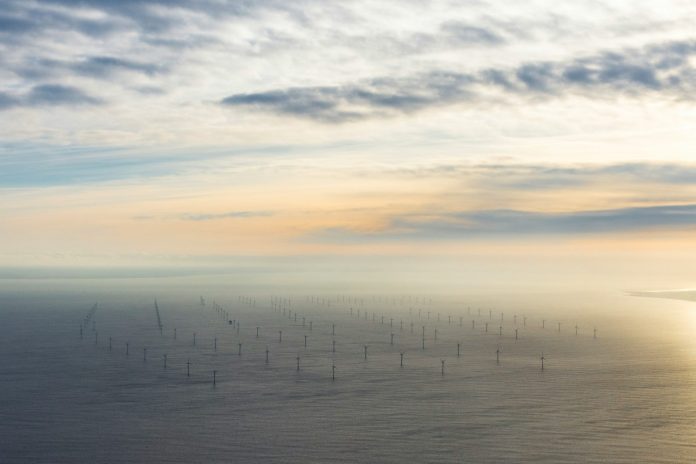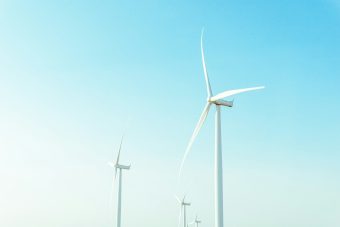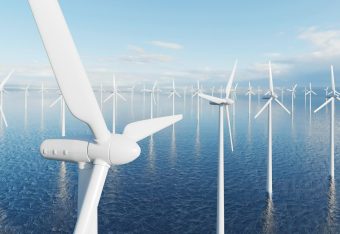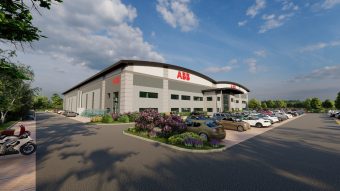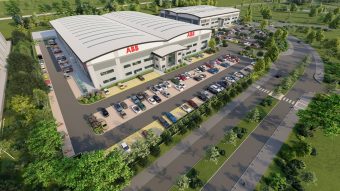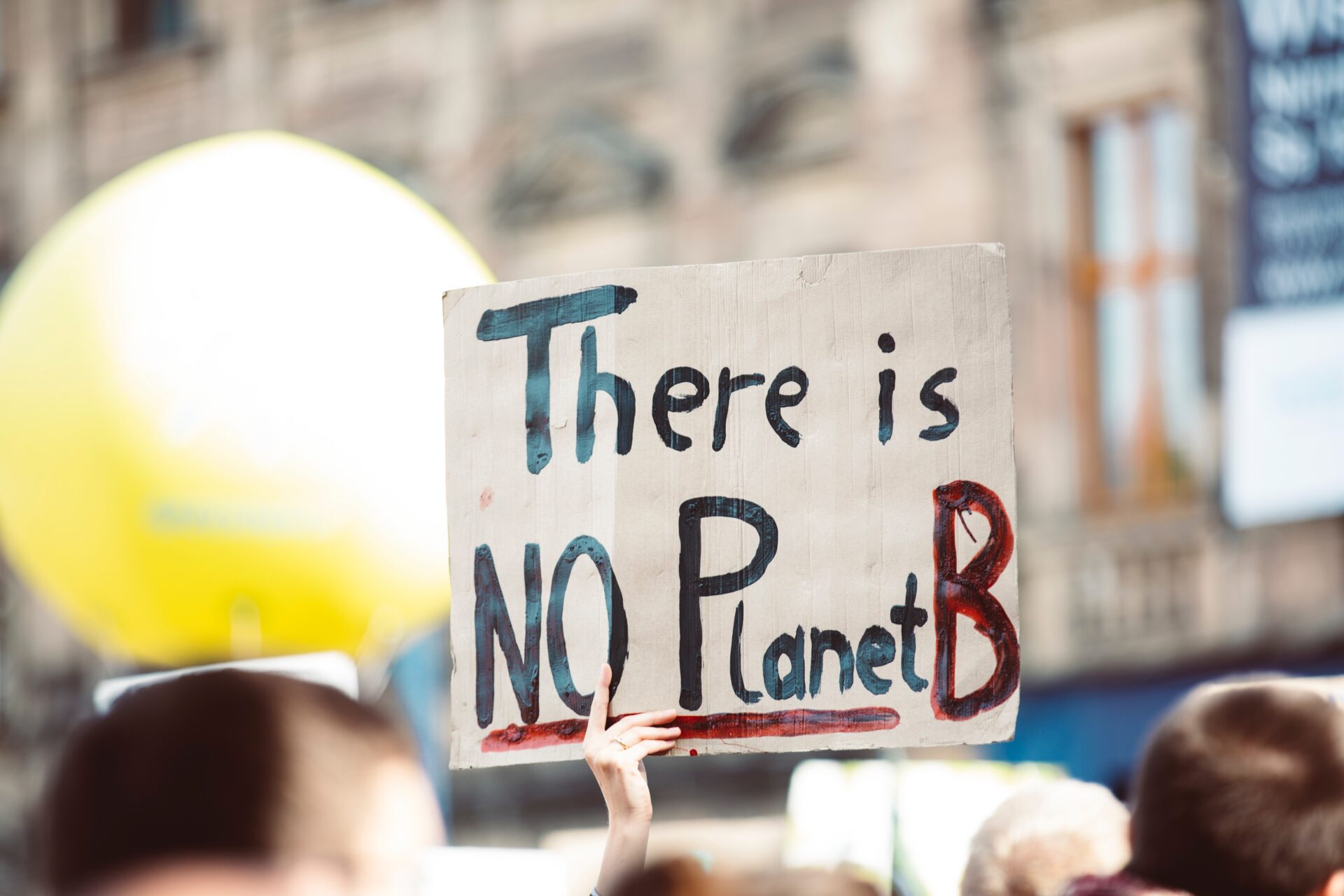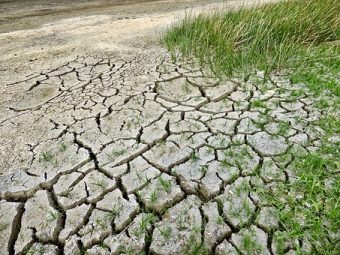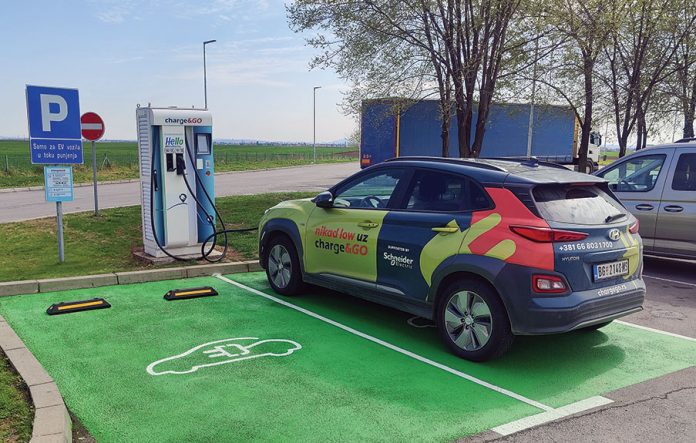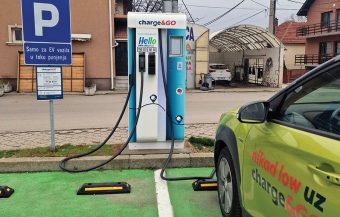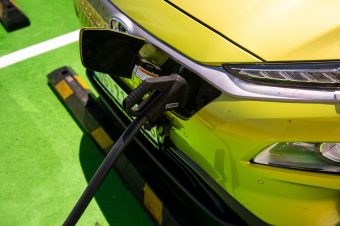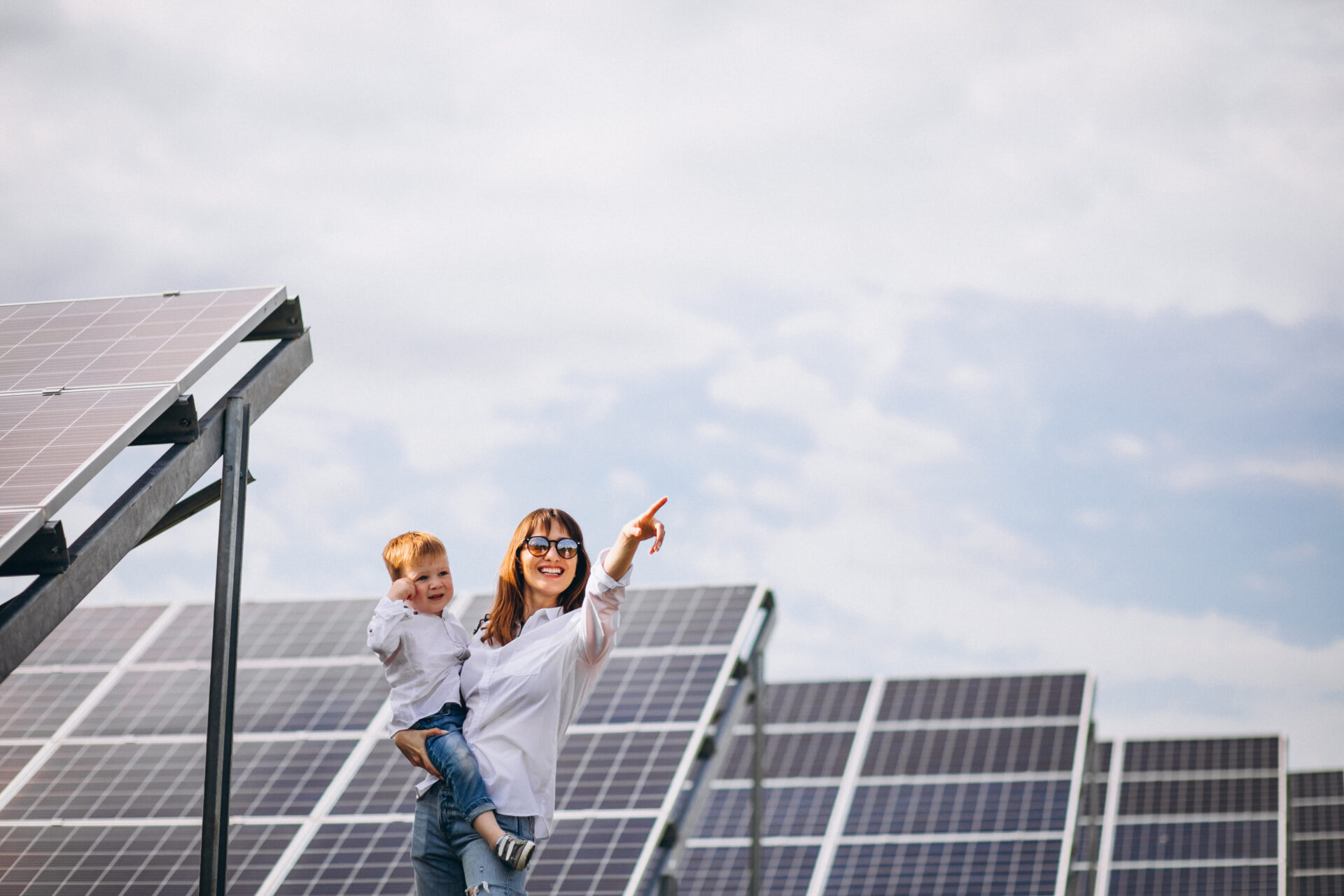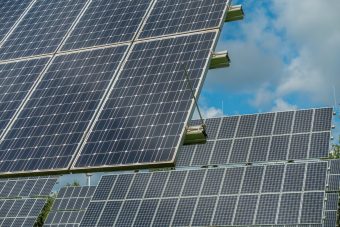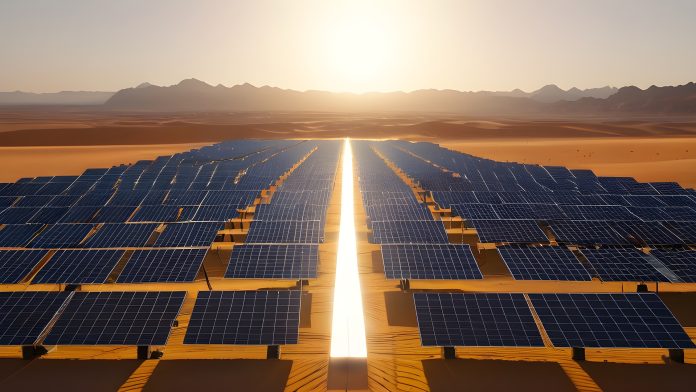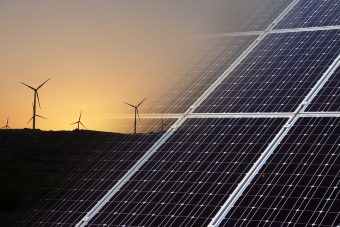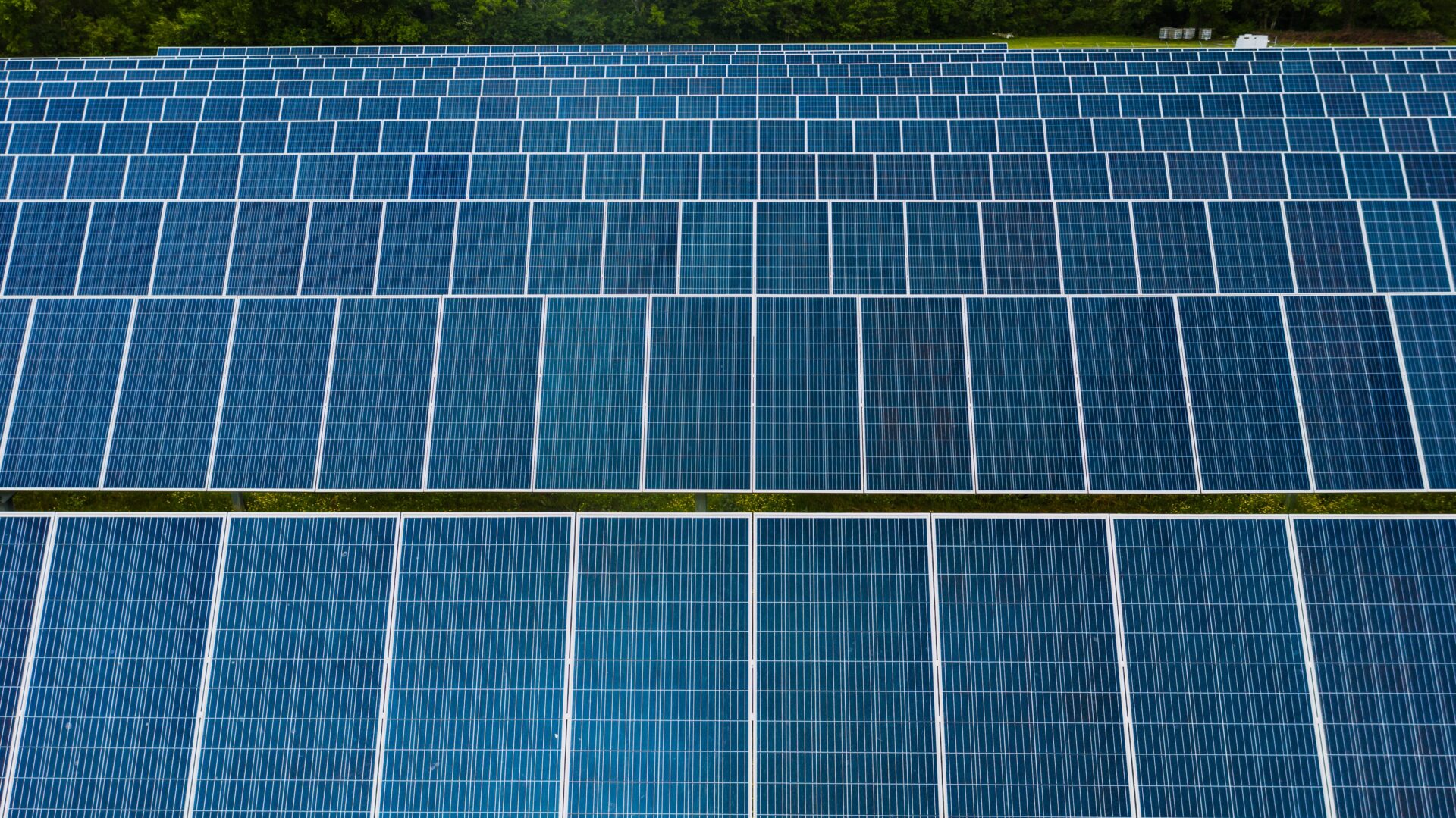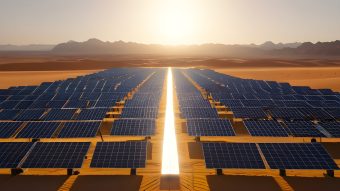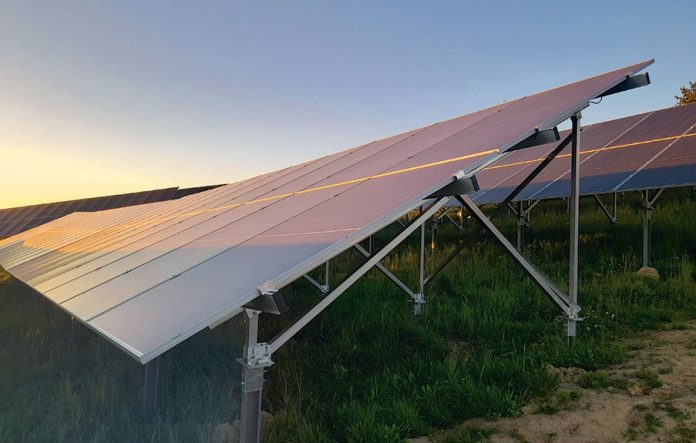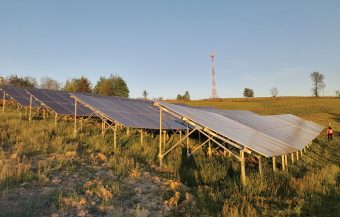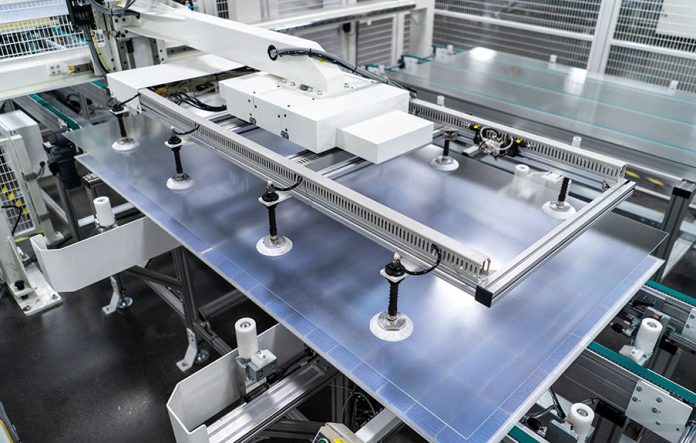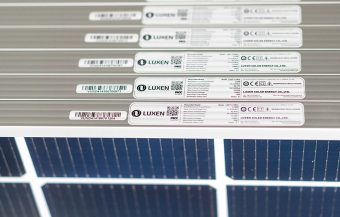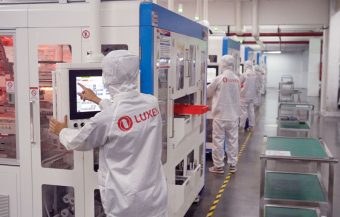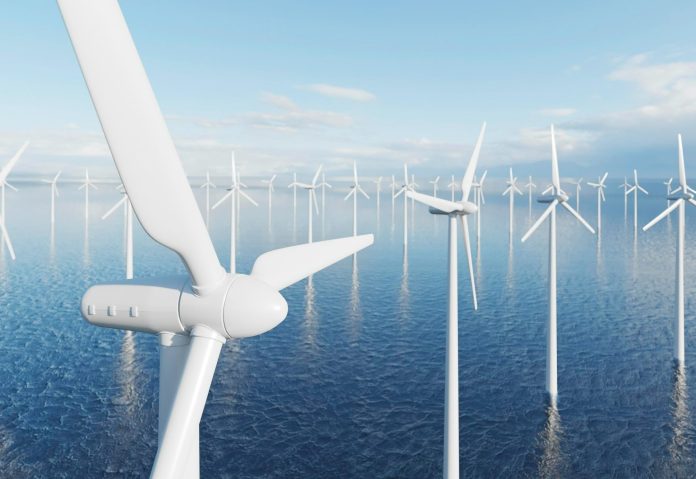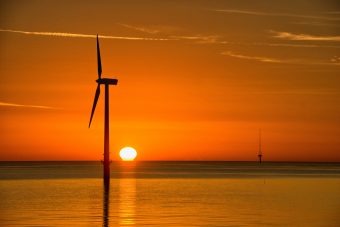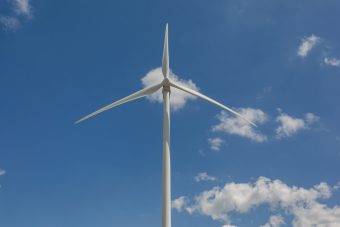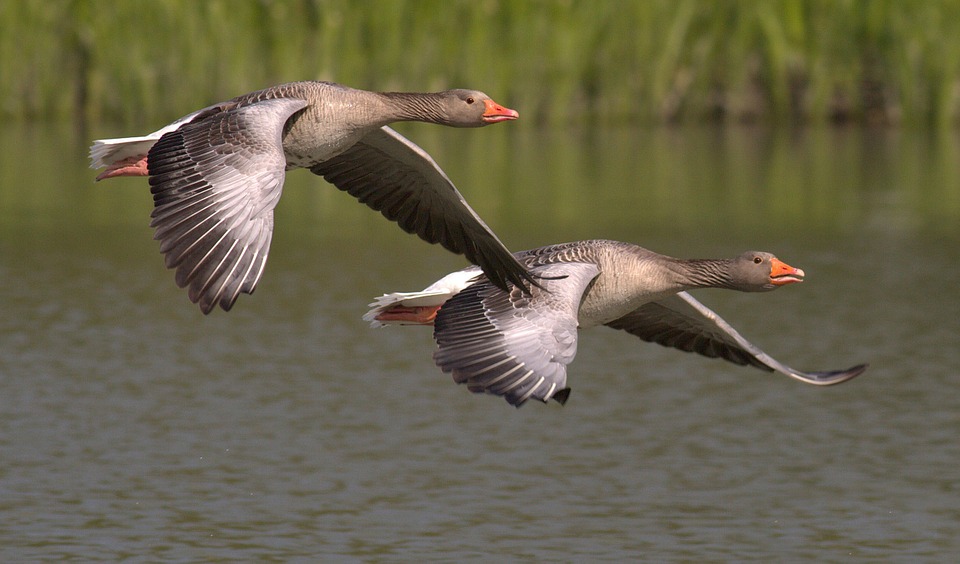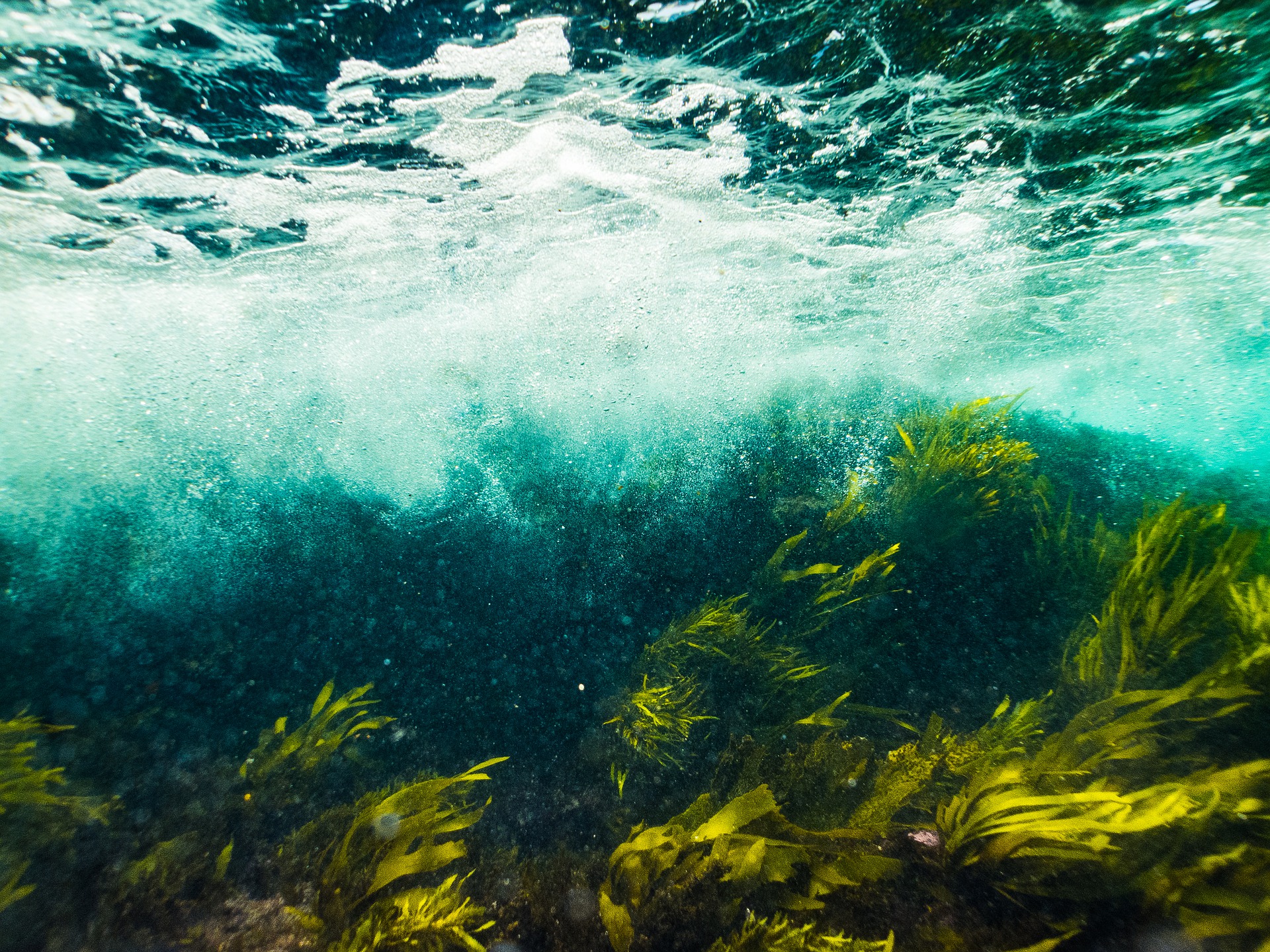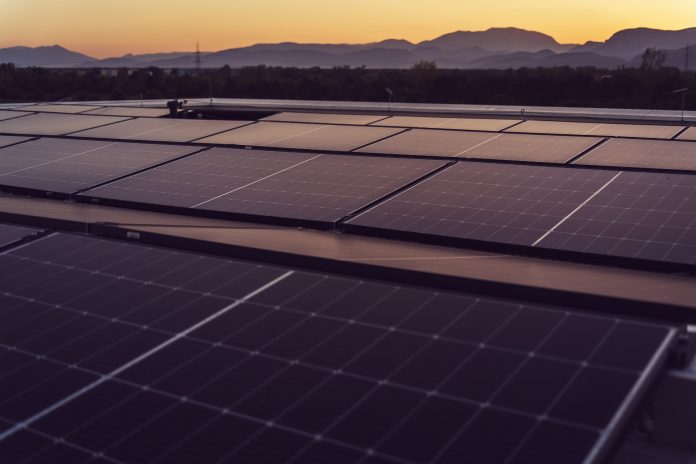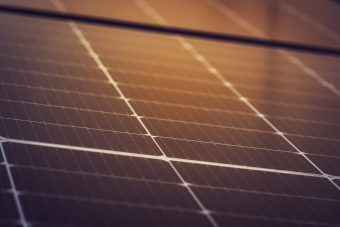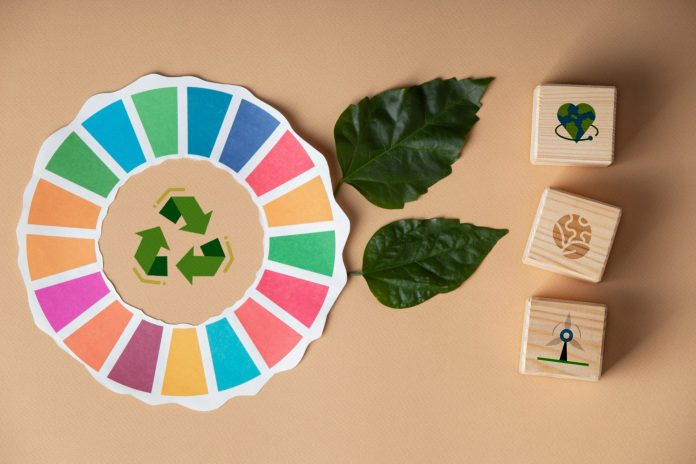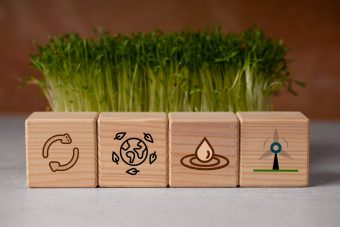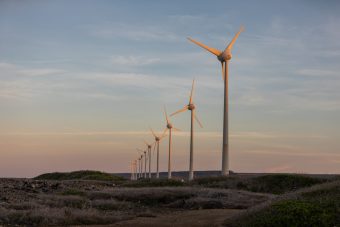
The Global Renewables Alliance (GRA) and Bloomberg Philanthropies, in partnership with the governments of Barbados and Kenya, the European Commission, the COP28 and COP29 Presidencies, the International Energy Agency (IEA), the International Renewable Energy Agency (IRENA), Sustainable Energy for All (SEforALL), and the Center on Global Energy Policy (CGEP) at Columbia University – SIPA announced the Global Renewables Summit, the first-ever high-level public-private summit to discuss the progress, opportunities, and challenges of tripling renewable energy globally by 2030. The Summit will be held in New York from 23-25 September on the margins of the 79th UN General Assembly High-Level Week.
Following the first Global Stocktake adopted at COP28, and captured in the historic UAE Consensus, which calls for tripling the world’s renewable energy capacity and doubling energy efficiency gains by 2030 and ensuring deep, rapid, and sustained reductions in greenhouse gas emissions in line with a pathway to limit global warming to 1.5°C in a nationally determined manner, the Summit will serve as a platform to advance key areas of action to scale-up renewable deployment this decade, especially in emerging markets and developing economies (EMDEs). The organising partners represent a unique coalition of governments, private sector, philanthropy, international organisations, and academia and demonstrates the collective momentum and drive to accelerate the pace and scale of the transition to renewable energy.
“The historic global renewable target was not plucked from the air. IRENA’s World Energy Transitions Outlook projected the need to triple renewable power capacity to over 11,000 GW globally by 2030 for a 1.5°C aligned pathway. Now, we must build on the success of COP28 and mobilize action. As global custodian, IRENA will monitor progress and provide recommendations across energy transition priorities and this first-ever Renewables Summit is an important milestone to maintain momentum and drive implementation towards 2030,” said Francesco La Camera, Director-General of the International Renewable Energy Agency (IRENA).
More:
- FIRST NET-ZERO ACADEMY TO TRAIN 100,000 WORKERS IN THE EU SOLAR PHOTOVOLTAIC VALUE CHAIN
- RENEWABLES AND GRID FLEXIBILITY WOULD SLASH ELECTRICITY PRICES BY A QUARTER BY 2030, BY A THIRD BY 2040
- GLOBAL SOLAR INSTALLATIONS ALMOST DOUBLE IN 2023 BUT LEAVES EMERGING ECONOMIES IN THE DARK
“Transitioning from coal and other fossil fuels to renewable energy is key to solving the climate crisis,” said Antha Williams, who leads the environment program at Bloomberg Philanthropies.
“The world must triple renewable energy by 2030. The deployment and investment levels in emerging and developing economies remains far below the scale and pace needed. Rapidly scaling up deployment in these countries is crucial to curb emissions and protect people’s health and our economies from the worst effects of climate change. Bloomberg Philanthropies look forward to bringing together world leaders and experts to exchange insights and mobilise action to help achieve a clean energy future for all,” she added.
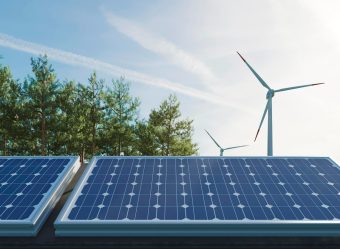
“At COP28, a coalition of private sector, civil society, governments, and multilateral organisations collectively secured a global target to triple renewables by 2030. Now, it’s time for action. Renewable technologies are mature and competitive, and the industries are ready to deliver, but the right policy frameworks and implementation are now urgently required. We are honoured to co-host this unique public-private summit with some of the leading organisations in the world to ignite a worldwide race to the top, accelerating action on finance, permits, grids, and supply chains to unleash the full potential of renewables,” said Bruce Douglas, CEO of the Global Renewables Alliance.
The Summit will feature an opening segment with participation of governments followed by high-level multi-stakeholder roundtables on key topics including access to finance, supply chains, permitting and grid infrastructure. The Summit will provide a space for governments to deliberate on the target of increasing global energy storage six-fold by 2030 and to consider including sectoral renewable energy targets in their Nationally Determined Contributions due in 2025. The organising partners will also present announcements and reports in support of the tripling renewables target.
You can read the entire text here.
Source: IRENA

